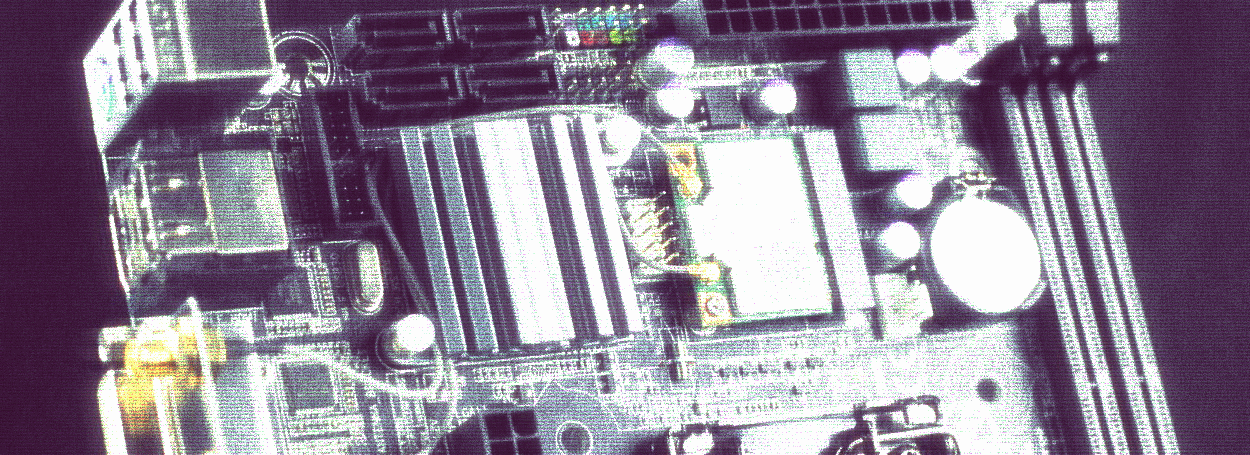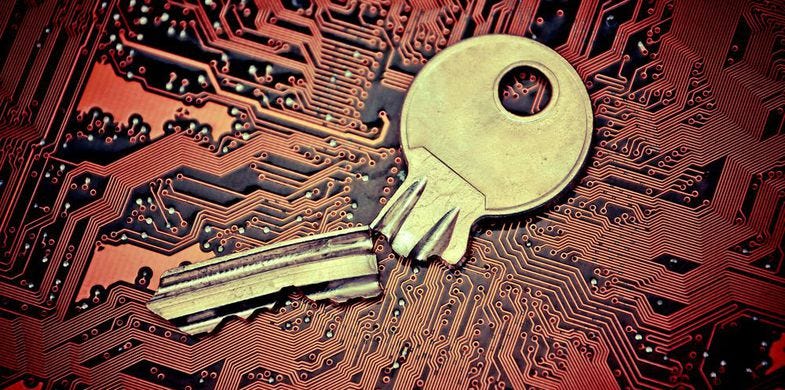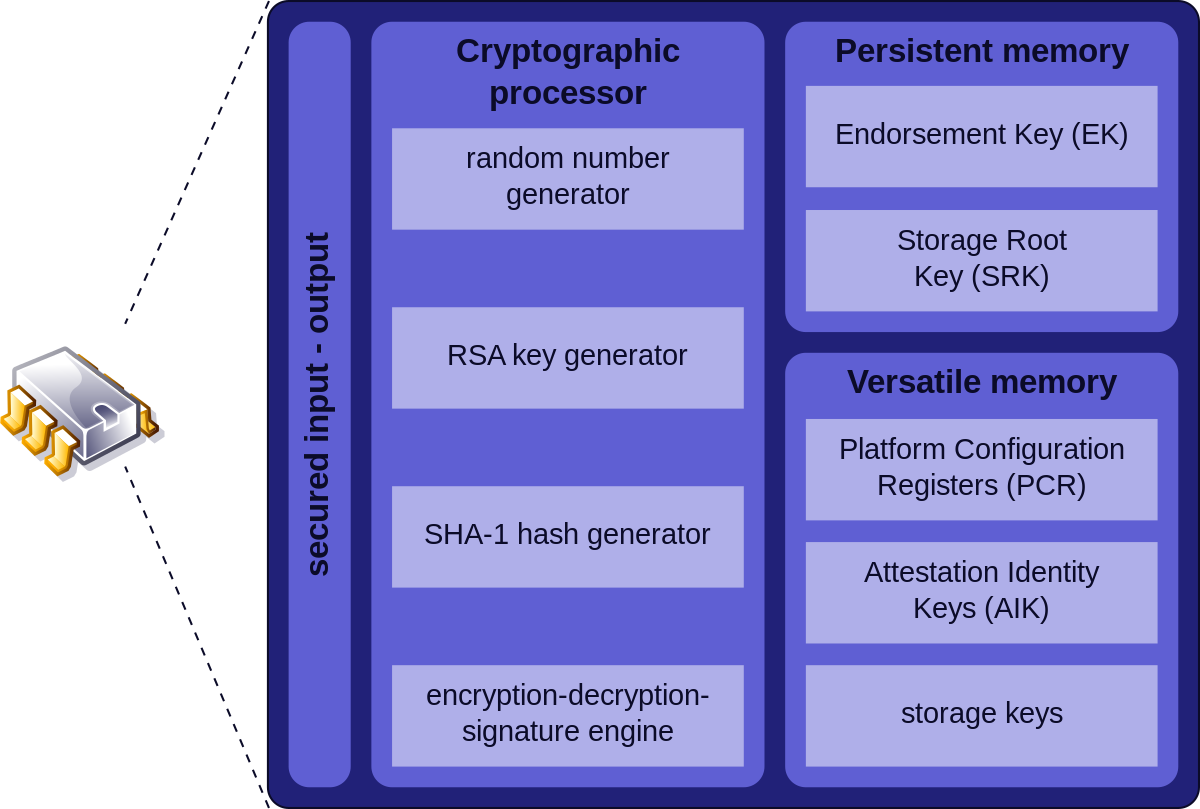Raevenlord
News Editor
- Joined
- Aug 12, 2016
- Messages
- 3,755 (1.34/day)
- Location
- Portugal
| System Name | The Ryzening |
|---|---|
| Processor | AMD Ryzen 9 5900X |
| Motherboard | MSI X570 MAG TOMAHAWK |
| Cooling | Lian Li Galahad 360mm AIO |
| Memory | 32 GB G.Skill Trident Z F4-3733 (4x 8 GB) |
| Video Card(s) | Gigabyte RTX 3070 Ti |
| Storage | Boot: Transcend MTE220S 2TB, Kintson A2000 1TB, Seagate Firewolf Pro 14 TB |
| Display(s) | Acer Nitro VG270UP (1440p 144 Hz IPS) |
| Case | Lian Li O11DX Dynamic White |
| Audio Device(s) | iFi Audio Zen DAC |
| Power Supply | Seasonic Focus+ 750 W |
| Mouse | Cooler Master Masterkeys Lite L |
| Keyboard | Cooler Master Masterkeys Lite L |
| Software | Windows 10 x64 |
In today's world, computer security is becoming very important due the exponential increase in malware and ransomware attacks. Various studies have shown that a single malicious attack can cost companies millions of dollars and can require significant recovery time. With the growth of employees working remotely and connected to a network considered less secure than traditional corporate network, employee's computer systems can be perceived as a weak security link and a risk to overall security of the company. Operating System (OS) and independent hardware vendors (IHV) are investing in security technologies which will make computers more resilient to cyberattacks.
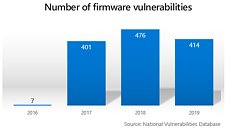
Microsoft recently announced their Secured-core PC initiative which relies on a combined effort from OEM partners, silicon vendors and themselves to provide deeply integrated hardware, firmware and software for enhanced device security. As a leading silicon provider to the PC market, AMD will be a key partner in this effort with upcoming processors that are Secured-core PC compatible.
In a computer system, low level firmware and the boot loader are initially executed to configure the system. Then ownership of the system is handed over to the operating system whose responsibility is to manage the resources and to protect the integrity of the system.
In today's world, cyberattacks are becoming increasingly sophisticated, with threats targeting low level firmware becoming more prominent. With this changing paradigm in security threats, there is strong need to provide end customers with an integrated hardware and software solution which offer comprehensive security to the system.
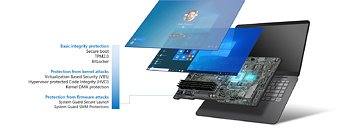
This is where the Microsoft Secured-core PC initiative comes into the picture. A Secured-core PC enables you to boot securely, protect your device from firmware vulnerabilities, shield the operating system from attacks and prevent unauthorized access to devices and data with advanced access controls and authentication systems.
AMD plays a vital role in enabling Secure-Core PC as AMD's hardware security features and associated software helps safeguard low level firmware attacks. Before we explain how AMD is enabling Secured-Core PC in next gen AMD Ryzen products, let's first explain some security features and capabilities of AMD products.
SKINIT
The SKINIT instruction helps create a "root of trust" starting with an initially untrusted operating mode. SKINIT reinitializes the processor to establish a secure execution environment for a software component called the secure loader (SL) and starts execution of the SL in a way to help prevent tampering SKINIT extends the hardware-based root of trust to the secure loader.
Secure Loader (SL)
The AMD Secure Loader (SL) is responsible for validating the platform configuration by interrogating the hardware and requesting configuration information from the DRTM Service.
AMD Secure Processor (ASP)
AMD Secure Processor is dedicated hardware available in each SOC which helps enable secure boot up from BIOS level into the Trusted Execution Environment (TEE). Trusted applications can leverage industry-standard APIs to take advantage of the TEE's secure execution environment.
AMD-V with GMET
AMD-V is set of hardware extensions to enable virtualization on AMD platforms. Guest Mode Execute Trap (GMET) is a silicon performance acceleration feature added in next gen Ryzen which enables hypervisor to efficiently handle code integrity check and help protect against malware.
Now let's understand the basic concept of firmware protection in a Secured-core PC. The firmware and bootloader can load freely with the assumption that these are unprotected code and knowing that shortly after launch the system will transition into a trusted state with the hardware forcing low level firmware down a well-known and measured code path. This means that the firmware component is authenticated & measured by the security block on AMD silicon and the measurement is securely stored in TPM for further usage by operating systems including verification and attestation. At any point of time after system has booted into OS, the operating system can request AMD security block to remeasure and compare with old values before executing with further operations. This way the OS can help ensure integrity of the system from boot to run time.
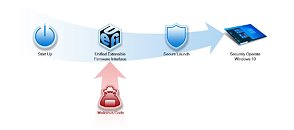
The firmware protection flow described above is handled by AMD Dynamic Root of Trust Measurement (DRTM) Service Block and is made up of SKINIT CPU instruction, ASP and the AMD Secure Loader (SL). This block is responsible for creating and maintain a chain of trust between components by performing the following functions:
Measure and authenticate firmware and bootloader
To gather the following system configuration for the OS which will in turn validate them against its security requirements and store information for future verification.
Whilst the above methods help in safeguarding firmware, there is still an attack surface that needs to be protected, the System Management Mode (SMM). SMM is a special-purpose CPU mode in x86 microcontrollers that handles power management, hardware configuration, thermal monitoring, and anything else the manufacturer deems useful. Whenever one of these system operations is requested, an interrupt (SMI) is invoked at runtime which executes SMM code installed by the BIOS. SMM code executes in the highest privilege level and is invisible to the OS. Due to this, it becomes attractive target for malicious activity and can be potentially used access hypervisor memory and change the hypervisor.
Since the SMI handler is typically provided by a developer different then the operating system and SMM handler code running at a higher privilege has access to OS/Hypervisor Memory & Resources. Exploitable vulnerabilities in SMM code leads to compromise of Windows OS/HV & Virtualization Based Security (VBS). To help isolate SMM, AMD introduces a security module called AMD SMM Supervisor that executes immediately before control is transferred to the SMI handler after an SMI has occurred. AMD SMM Supervisor resides in AMD DRTM service block and the purpose of AMD SMM Supervisor is to:
To summarize, AMD will continue to innovate and push boundaries of security in hardware, whether it is DRTM service block to help protect integrity of the system, the use of Transparent Secure Memory Encryption (TSME) to help protect data or Control-flow Enforcement technology (CET) to help prevent against Return Oriented Programming (ROP) attacks. Microsoft is a key partner for AMD and as part of this relationship there is a joint commitment with the Secured-core PC initiative to improve security within software and hardware to offer a more comprehensive security solution to customers.
View at TechPowerUp Main Site

Microsoft recently announced their Secured-core PC initiative which relies on a combined effort from OEM partners, silicon vendors and themselves to provide deeply integrated hardware, firmware and software for enhanced device security. As a leading silicon provider to the PC market, AMD will be a key partner in this effort with upcoming processors that are Secured-core PC compatible.
In a computer system, low level firmware and the boot loader are initially executed to configure the system. Then ownership of the system is handed over to the operating system whose responsibility is to manage the resources and to protect the integrity of the system.
In today's world, cyberattacks are becoming increasingly sophisticated, with threats targeting low level firmware becoming more prominent. With this changing paradigm in security threats, there is strong need to provide end customers with an integrated hardware and software solution which offer comprehensive security to the system.

This is where the Microsoft Secured-core PC initiative comes into the picture. A Secured-core PC enables you to boot securely, protect your device from firmware vulnerabilities, shield the operating system from attacks and prevent unauthorized access to devices and data with advanced access controls and authentication systems.
AMD plays a vital role in enabling Secure-Core PC as AMD's hardware security features and associated software helps safeguard low level firmware attacks. Before we explain how AMD is enabling Secured-Core PC in next gen AMD Ryzen products, let's first explain some security features and capabilities of AMD products.
SKINIT
The SKINIT instruction helps create a "root of trust" starting with an initially untrusted operating mode. SKINIT reinitializes the processor to establish a secure execution environment for a software component called the secure loader (SL) and starts execution of the SL in a way to help prevent tampering SKINIT extends the hardware-based root of trust to the secure loader.
Secure Loader (SL)
The AMD Secure Loader (SL) is responsible for validating the platform configuration by interrogating the hardware and requesting configuration information from the DRTM Service.
AMD Secure Processor (ASP)
AMD Secure Processor is dedicated hardware available in each SOC which helps enable secure boot up from BIOS level into the Trusted Execution Environment (TEE). Trusted applications can leverage industry-standard APIs to take advantage of the TEE's secure execution environment.
AMD-V with GMET
AMD-V is set of hardware extensions to enable virtualization on AMD platforms. Guest Mode Execute Trap (GMET) is a silicon performance acceleration feature added in next gen Ryzen which enables hypervisor to efficiently handle code integrity check and help protect against malware.
Now let's understand the basic concept of firmware protection in a Secured-core PC. The firmware and bootloader can load freely with the assumption that these are unprotected code and knowing that shortly after launch the system will transition into a trusted state with the hardware forcing low level firmware down a well-known and measured code path. This means that the firmware component is authenticated & measured by the security block on AMD silicon and the measurement is securely stored in TPM for further usage by operating systems including verification and attestation. At any point of time after system has booted into OS, the operating system can request AMD security block to remeasure and compare with old values before executing with further operations. This way the OS can help ensure integrity of the system from boot to run time.

The firmware protection flow described above is handled by AMD Dynamic Root of Trust Measurement (DRTM) Service Block and is made up of SKINIT CPU instruction, ASP and the AMD Secure Loader (SL). This block is responsible for creating and maintain a chain of trust between components by performing the following functions:
Measure and authenticate firmware and bootloader
To gather the following system configuration for the OS which will in turn validate them against its security requirements and store information for future verification.
- Physical memory map
- PCI configuration space location
- Local APIC configuration
- I/O APIC configuration
- IOMMU configuration / TMR Configuration
- Power management configuration
Whilst the above methods help in safeguarding firmware, there is still an attack surface that needs to be protected, the System Management Mode (SMM). SMM is a special-purpose CPU mode in x86 microcontrollers that handles power management, hardware configuration, thermal monitoring, and anything else the manufacturer deems useful. Whenever one of these system operations is requested, an interrupt (SMI) is invoked at runtime which executes SMM code installed by the BIOS. SMM code executes in the highest privilege level and is invisible to the OS. Due to this, it becomes attractive target for malicious activity and can be potentially used access hypervisor memory and change the hypervisor.
Since the SMI handler is typically provided by a developer different then the operating system and SMM handler code running at a higher privilege has access to OS/Hypervisor Memory & Resources. Exploitable vulnerabilities in SMM code leads to compromise of Windows OS/HV & Virtualization Based Security (VBS). To help isolate SMM, AMD introduces a security module called AMD SMM Supervisor that executes immediately before control is transferred to the SMI handler after an SMI has occurred. AMD SMM Supervisor resides in AMD DRTM service block and the purpose of AMD SMM Supervisor is to:
- Block SMM from being able to modify Hypervisor or OS memory. An exception is a small coordinate communication buffer between the two.
- Prevent SMM from introducing new SMM code at run time
- Block SMM from accessing DMA, I/O, or registers that can compromise the Hypervisor or OS
To summarize, AMD will continue to innovate and push boundaries of security in hardware, whether it is DRTM service block to help protect integrity of the system, the use of Transparent Secure Memory Encryption (TSME) to help protect data or Control-flow Enforcement technology (CET) to help prevent against Return Oriented Programming (ROP) attacks. Microsoft is a key partner for AMD and as part of this relationship there is a joint commitment with the Secured-core PC initiative to improve security within software and hardware to offer a more comprehensive security solution to customers.
View at TechPowerUp Main Site


